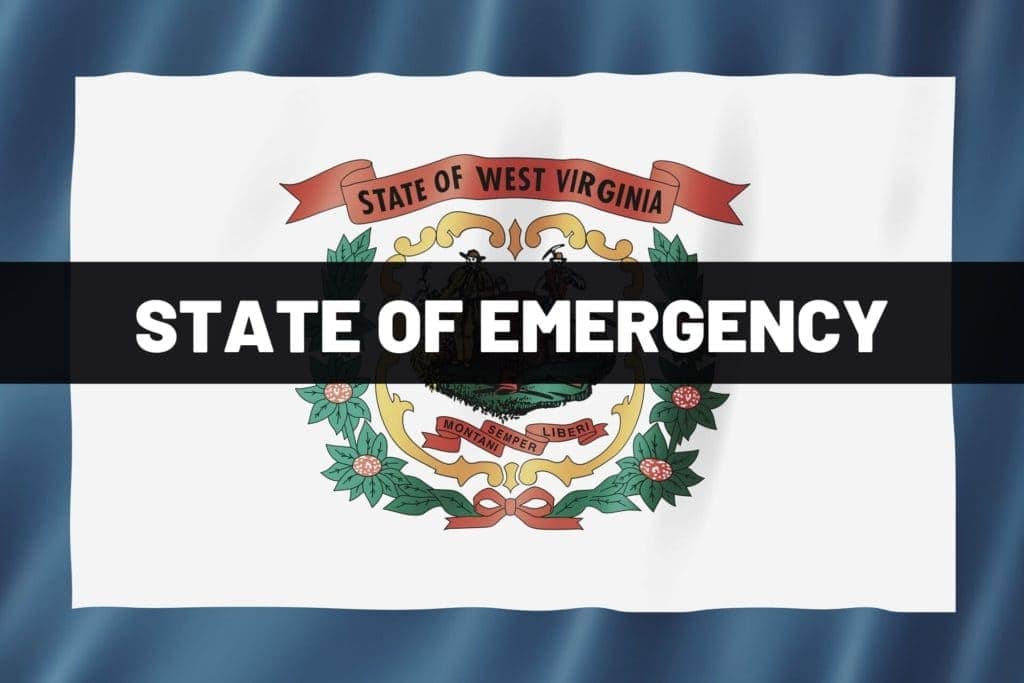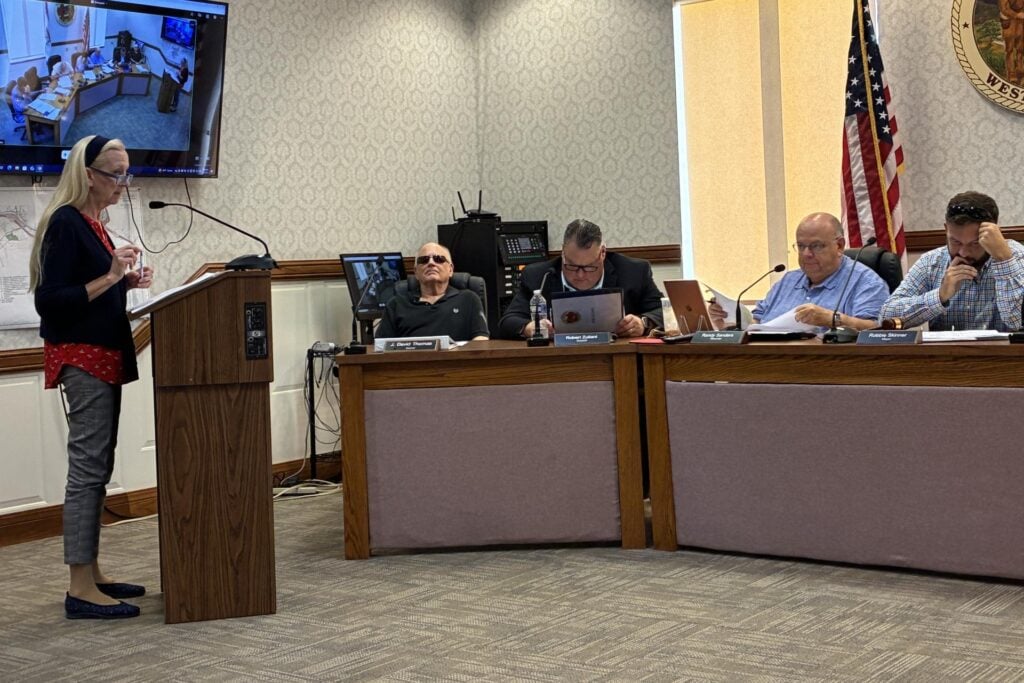CHARLESTON, WV – On February 16, Gov. Justice declared a State of Emergency, directing the West Virginia Emergency Management Division (WVEMD) to activate the State Emergency Operations Plan.
Activating the plan places personnel and resources from all State agencies, including the Department of Health and Human Resources (WVDHHR), the Department of Environmental Protection (WVDEP), the National Guard (WVNG) and the Division of Highways (WVDOH) on call should they be needed.
Due to the continuing threat of flooding and hazardous weather, the State Emergency Operations Center (SEOC) was activated at 10:00 a.m. on February 17, 2023.
WVEMD, state agencies, voluntary organizations, and local partners work together using an Emergency Management Information System (EMIS), which connects State and local agencies in real-time to track events as they unfold, situation reports and resource requests from local emergency management agencies.
“EMD monitors for events that may harm West Virginians 24 hours a day. During times of flooding or other emergencies, we remain in close contact with all local emergency management agencies, and remain ready to respond,” said WVEMD Director GE McCabe. “We’ve activated the SEOC and, along with our partners, will work together to meet any request for assistance or resources, and to keep our citizens safe.”
A Flood Warning from the National Weather Service is set to expire at 4:16 a.m. Saturday, Feb. 18, 2023, for portions of central West Virginia and southern West Virginia, including Braxton, Clay, Nicholas, and Webster. In southern West Virginia, Boone, Fayette, Kanawha, Logan, Mingo, Raleigh, and Wyoming.
West Virginia Emergency Management Division Response Update as of Friday afternoon
The WV EMD is in constant communication with local emergency management agencies in all 55 counties to offer state-level support for emergency response. All local emergency management agencies will participate in daily SEOC briefings and submit situational updates as they occur.
Currently, the WVEMD is tracking high water in Boone, Cabell, Fayette, Greenbrier, Harrison, Kanawha, Lincoln, Logan, Putnam, Mason, Mercer, Mingo, Monroe, Nicholas, Pocahontas, Raleigh, Wayne and Wyoming Counties. Please note that as events progress, counties may be added or removed from this listing.
There have also been swift water rescues in Fayette, Lincoln and other counties by local emergency management agencies and volunteer fire departments with no injuries reported at this time. Currently, there have been no requests to deploy the WVNG to assist with swift water rescues.
As the rain turns to snow in some parts of our state, we ask citizens to be especially careful when traveling this evening and into Saturday morning. With water on the ground and swiftly dropping temperatures, roads and walkways are likely to become extremely hazardous.
If you must travel, reduce speeds and maintain extra distance between your vehicle and others. Visit wv511.org for current road conditions.
West Virginia Division of Highways Response Update
Heavy rain from Thursday, Feb. 16, 2023, into Friday, Feb. 17, 2023, has impacted roads in several West Virginia Division of Highways (WVDOH) districts.
Several roads across the state are experiencing complete closures, lane closures or slides due to high water.
Gov. Jim Justice declared a State of Emergency for all of West Virginia’s 55 counties on Thursday due to expected impacts of the heavy rainfall and thunderstorms.
As of Friday morning, nearly 50 roads in the state were closed due to high water. Heavily impacted counties include Logan, Wyoming, Clay, Kanawha, Putnam, Cabell, Lincoln, Wayne, Fayette, Greenbrier, and Nicholas.
The West Virginia Division of Highways reminds drivers to turn around when they encounter high water; do not drive into the water.














